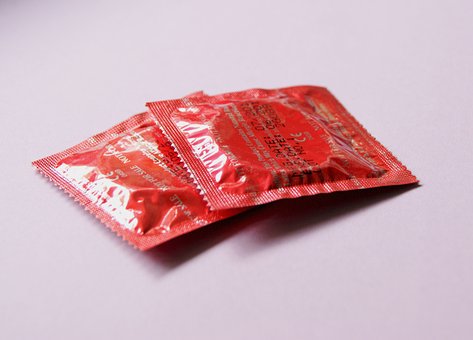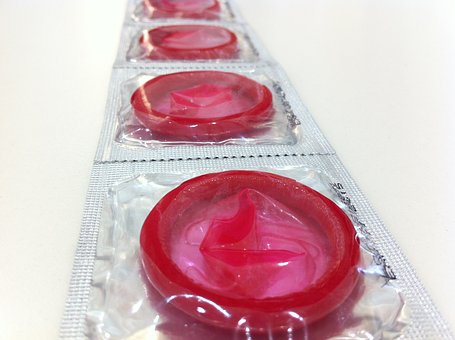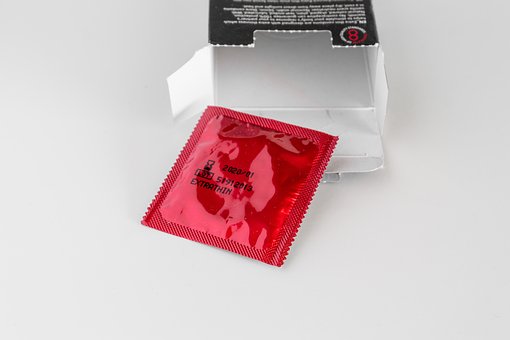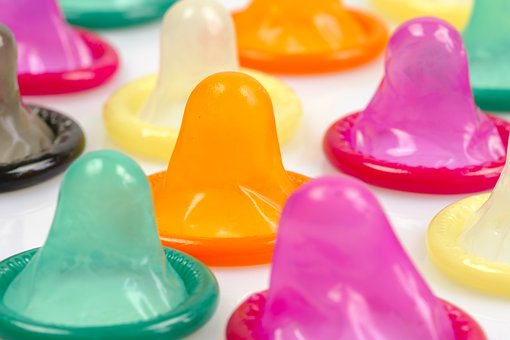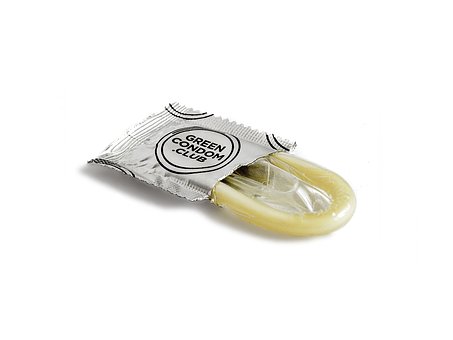how do you have to be to buy condoms: When it comes to purchasing condoms, many people may feel unsure about the legal requirements or social norms surrounding the process. However, buying condoms is a normal and responsible part of taking care of one’s sexual health. In this blog, we will discuss the age and other factors that may influence the purchase of condoms.
First and foremost, it is essential to note that the age at which someone can legally purchase condoms varies depending on the country or state in which they live. In most places, there are no legal age restrictions on buying condoms. This means that anyone, regardless of age, can purchase condoms without the need for a prescription or parental consent.
However, it is worth noting that some stores may have their own policies regarding the sale of condoms. For example, some stores may require customers to be at least 18 years old to buy condoms, while others may not have any age restrictions. If you are unsure about the store’s policy, you can always ask a store employee or check the store’s website for more information.
Tips for buying condoms
It is essential to remember that buying condoms is a responsible decision, regardless of age. Condoms are an essential tool for protecting oneself and one’s partner(s) against sexually transmitted infections (STIs) and unintended pregnancy. Using condoms consistently and correctly can significantly reduce the risk of contracting STIs or becoming pregnant.
Furthermore, buying condoms is not just about protecting oneself but also about respecting one’s partner(s) and engaging in safe and consensual sexual practices. By taking the initiative to purchase condoms, one demonstrates a level of maturity, responsibility, and consideration for their partner(s) that is essential for healthy sexual relationships.
If you’re nervous about buying a pack, here are some tips to make you feel more comfortable.
At the store : Some shops keep condoms behind the front counter or in a locked case ,so you might not be able take a look at the box up close before you buy it. You’ll also need to ask a store clerk to get it for you. In this case, it helps to know what brand and type of condom you want in advance.
Know your size: Condoms come in different sizes, so it’s important to know which size is right for you. If a condom is too loose or too tight, it may not provide adequate protection. Try different sizes and brands to find the one that fits comfortably.
Choose the right type: Condoms come in various types, including latex, non-latex, ribbed, textured, and flavored. Consider the needs and preferences of both partners when selecting the type of condom to use.
Read the labels: Make sure to read the labels and packaging to ensure that the condoms are not expired and are designed to protect against sexually transmitted infections (STIs) and unintended pregnancy.
Consider lubrication: Adding lubrication to a condom can enhance pleasure and reduce the risk of the condom breaking during use. Some condoms come pre-lubricated, while others require additional lubrication.
Be discreet: If you feel uncomfortable buying condoms in person, you can purchase them online or use self-checkout at the store. Remember that buying condoms is a responsible decision, and there is no shame in taking care of one’s sexual health.
Stock up: It’s always a good idea to have condoms on hand, so consider buying in bulk or purchasing a variety pack to have different options available.
Can you get condoms for free
Yes, it is often possible to get condoms for free from a variety of sources. Here are a few ways to access free condoms:
Health clinics: Many health clinics offer free condoms to anyone who needs them. This includes both public and private clinics, as well as clinics that specialize in sexual health.
Planned Parenthood: Planned Parenthood is a non-profit organization that provides reproductive health services, including free condoms. They have locations across the United States and offer a range of services, including STI testing and treatment.
College health centers: Many college and university health centers offer free condoms to students. Check with your school’s health center to see if this is an option.
Community organizations: Some community organizations, such as LGBTQ+ centers and youth groups, may offer free condoms to members.
How can you get condoms online
When purchasing condoms online, it is important to ensure that the retailer is reputable and that the condoms are from a trusted brand. Always read product reviews and be aware of the expiration date of the condoms you are purchasing.
There are several ways to purchase condoms online:
- Online Retailers
- Condom Subscription Services
- Planned Parenthood Direct
There are many websites where you can buy condoms, many times at a reduced price. And they’ll deliver your condoms in a discrete package to your door, so your post person, family, and neighborhood won’t have any idea you’ve ordered a boxful of condoms. All you’ll need is a credit card or PayPal account.
- amazon.com
- condomdepot.com
- ripnroll.com
Common condom questions and answers
Are all condoms the same size?
No, condoms come in different sizes. In fact, using a condom that doesn’t fit properly can increase the risk of the condom breaking or slipping off during sex. Most condom brands offer different sizes to ensure a more comfortable and secure fit. It’s important to choose the right size condom to ensure the best protection and comfort during sexual activity. If you are unsure of your size or have trouble finding the right fit, you can consult with a healthcare provider or try out different sizes to see what works best for you.
How should a condom fit to work best?
To work best, a condom should fit snugly but not be too tight or too loose. The condom should cover the entire length of the penis, leaving no gaps or spaces. If a condom is too tight, it may break during intercourse, and if it is too loose, it may slip off. A properly fitting condom should feel comfortable and not cause any discomfort or irritation.
Here are some tips on how to ensure a condom fits properly:
1. Measure your penis: Measure the length and circumference of your penis when it is erect. This will help you choose the right size condom.
2. Choose the right size: Select a condom that matches your penis size. Most condom brands offer a range of sizes, so be sure to check the packaging to find the right size for you.
3. Check the fit: Once you have the condom on, make sure it is snug but not too tight. It should roll down easily and cover the entire length of the penis.
4. Check for slippage: During intercourse, check the condom occasionally to ensure it has not slipped off or become loose. If it has, stop and put on a new condom.
Does wearing two condoms make sex safer?
No, wearing two condoms does not make sex safer. In fact, wearing two condoms can increase the likelihood of the condoms breaking or tearing during sex, which can decrease the effectiveness of the condoms in preventing sexually transmitted infections (STIs) and unwanted pregnancy.
When two condoms are worn at the same time, the friction between them can cause them to rub against each other and create weak spots, making them more likely to break or tear. Additionally, wearing two condoms can also make them more likely to slip off during sex.
How do I wear a condom?
using a condom is an effective way to reduce the risk of sexually transmitted infections (STIs) and unwanted pregnancy. Be sure to use a new condom for each sexual act and follow the instructions on the packaging for proper use. If you have trouble with the condom, such as it breaks or slips off, stop and put on a new condom. Here are the steps to properly wear a condom:
- Check the expiration date
- Check the packaging
- Open the package
- Check the direction
- Place the condom on the head of the penis
- Leave space at the tip
- Check the fit
After sex: After ejaculation, hold the base of the condom and gently pull out of the vagina or anus while the penis is still erect. Carefully remove the condom and dispose of it properly.
What if I’m allergic to latex?
If you are allergic to latex, you should avoid using latex condoms and instead use condoms made from other materials, such as polyurethane, polyisoprene, or nitrile. These materials are latex-free and can be used by people with latex allergies.
Polyurethane condoms are thin, strong, and heat-resistant. They are a good alternative to latex condoms and are compatible with both oil-based and water-based lubricants.
Polyisoprene condoms are made from a non-latex material that has similar properties to latex. They are soft, stretchy, and durable. They are also compatible with both oil-based and water-based lubricants.
Nitrile condoms are made from a synthetic rubber that is latex-free and suitable for people with latex allergies. They are strong, flexible, and resistant to heat, making them a good alternative to latex condoms.
It is important to note that condoms made from these alternative materials may not be as widely available as latex condoms, so you may need to look for them at specialty stores or online. Additionally, always read the label and packaging of the condom to make sure it is suitable for your needs and follow the instructions for proper use.
What can I use as lubricant?
It is important to note that some people may have allergies or sensitivities to certain types of lubricants, so it is always a good idea to test a small amount on your skin first to see if you have any reactions. Additionally, always read the label and packaging of the lubricant to make sure it is suitable for your needs and follow the instructions for proper use.
There are several options for lubricants that you can use during sexual activity:
Water-based lubricants: These are the most common and widely available lubricants. They are safe to use with condoms and sex toys, and they do not stain sheets or clothing. Examples include K-Y Jelly, Astroglide, and Sliquid H2O.
Silicone-based lubricants: These are long-lasting lubricants that can be used in water. They are safe to use with condoms, but not with silicone sex toys. Examples include Pjur Original, Uberlube, and Wet Platinum.
Oil-based lubricants: These can include natural oils, such as coconut oil or olive oil, as well as petroleum-based products, such as Vaseline. However, they should not be used with latex condoms, as they can weaken the material and increase the risk of breakage.
Hybrid lubricants: These are a combination of water-based and silicone-based lubricants. They offer the benefits of both types and can be used with both condoms and sex toys. Examples include Sliquid Silk and Gun Oil.
Why should I wear a condom?
Condoms are highly effective at preventing the transmission of STIs, including HIV, gonorrhea, chlamydia, and syphilis. They create a barrier that prevents bodily fluids, such as semen, vaginal fluid, and blood, from passing between sexual partners.
Wearing a condom can give both partners a sense of empowerment and control over their sexual health. It allows them to make informed choices about their sexual activity and reduce the risk of negative outcomes.
Using a condom can enhance sexual pleasure by reducing the risk of discomfort or pain during intercourse. It can also reduce anxiety and stress associated with the fear of STIs or unwanted pregnancy.
how to put on a condom for a male partner ?
Here are directions on how to put on a condom for a male partner about to have sex:
- Carefully open the condom wrapper with your fingers. Do not use your teeth as you might accidentally tear the condom inside. Also, it usually doesn’t taste good.
- Put the condom on the head of your penis when it’s hard and erect. If you’re uncircumcised, pull back your foreskin first.
- Pinch the air out of the top of the condom.
- Unroll the condom down your entire penis.
how to put Off a condom for a male partner ?
When finished with sex, but before pulling out:
- Hold the condom by its base.
- Pull out while holding the condom in place.
- Carefully remove the condom and throw it away in the trash
